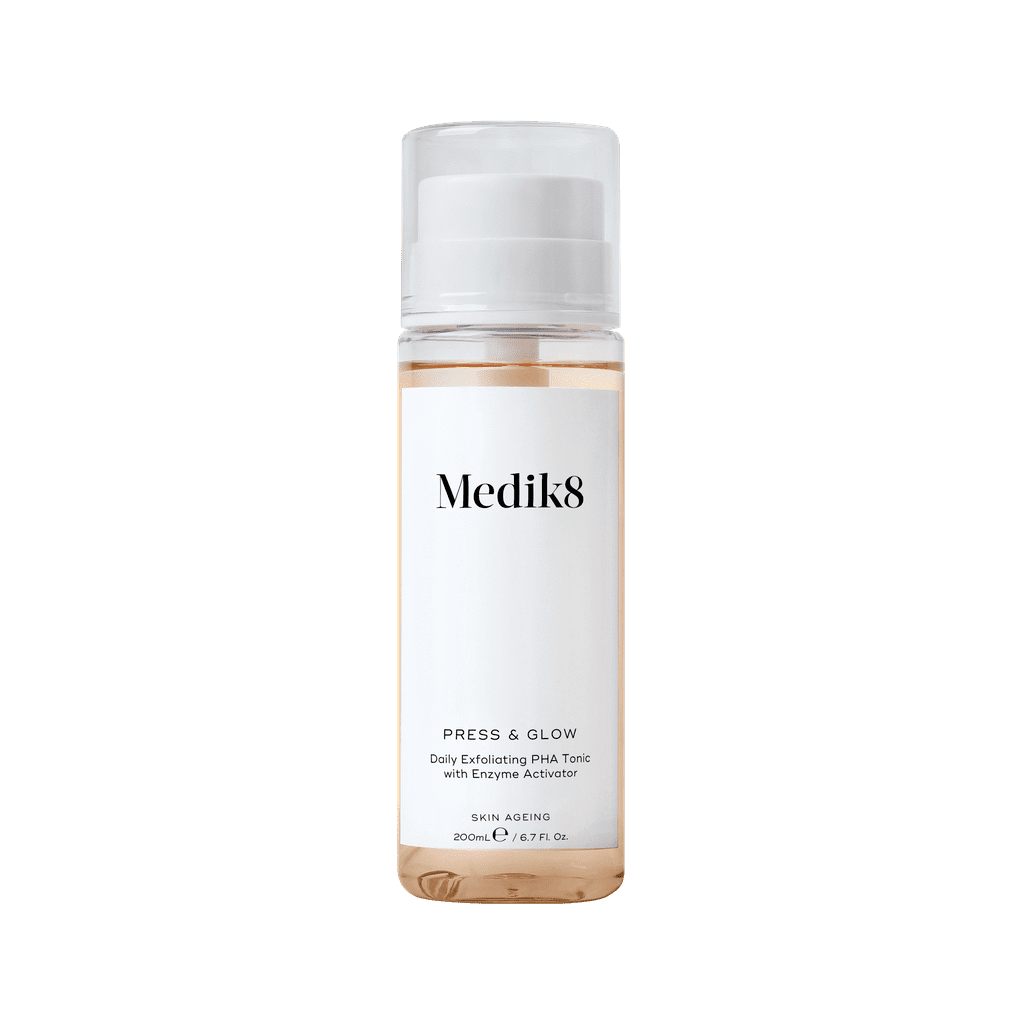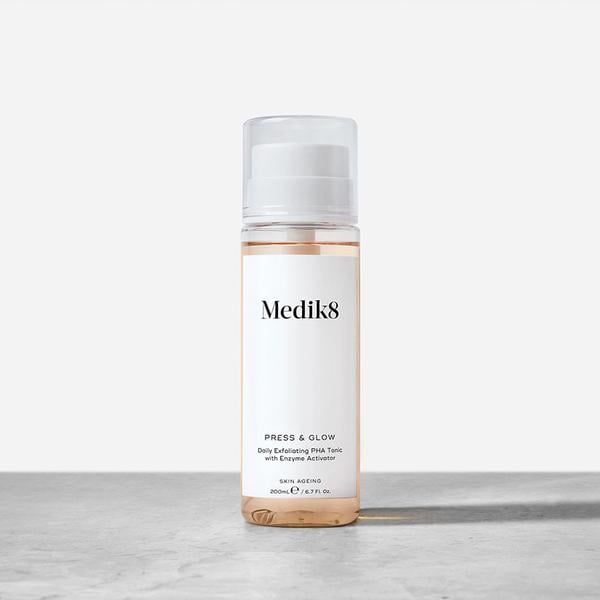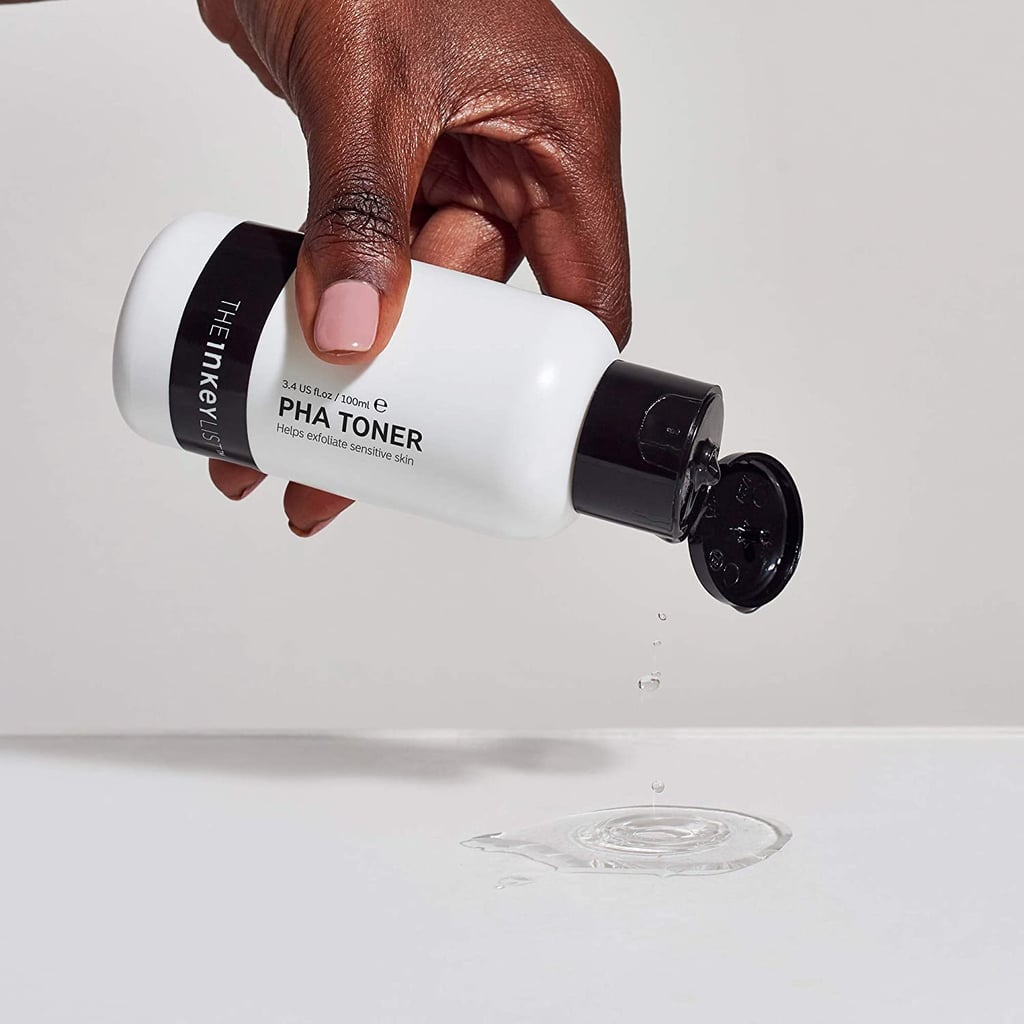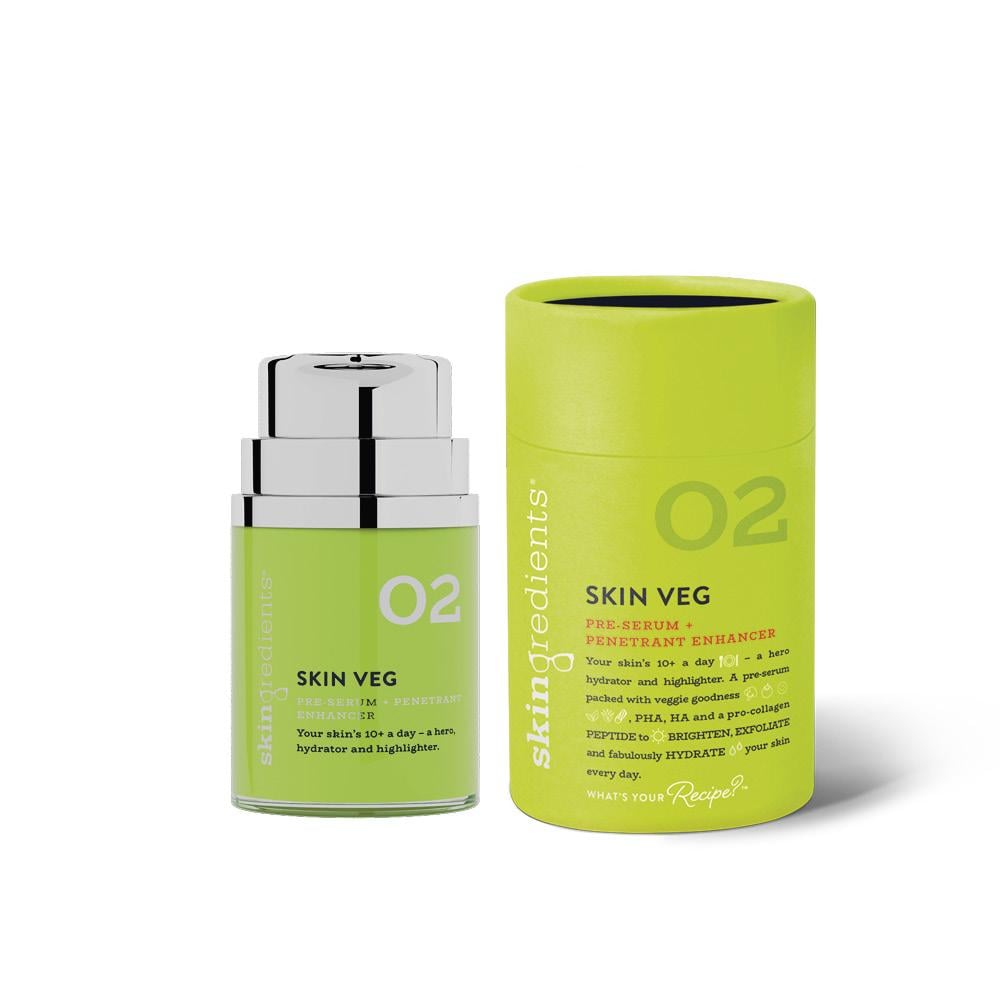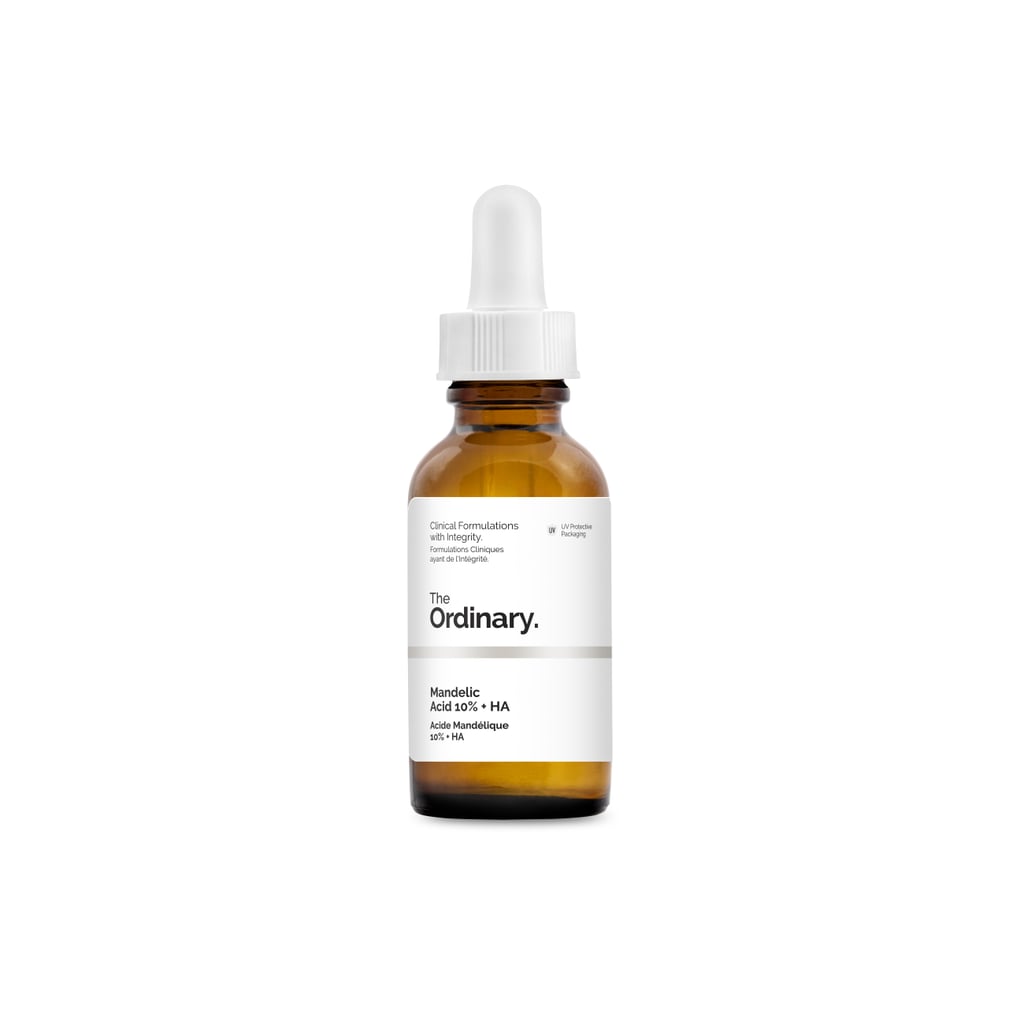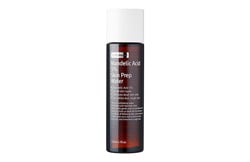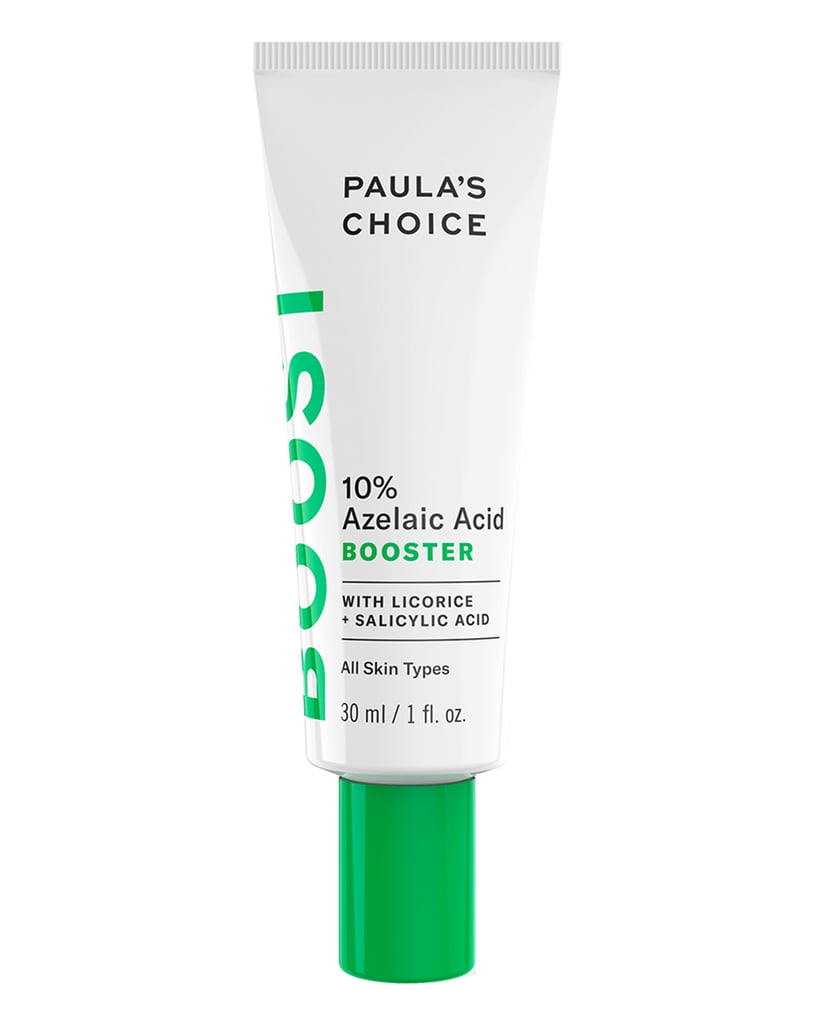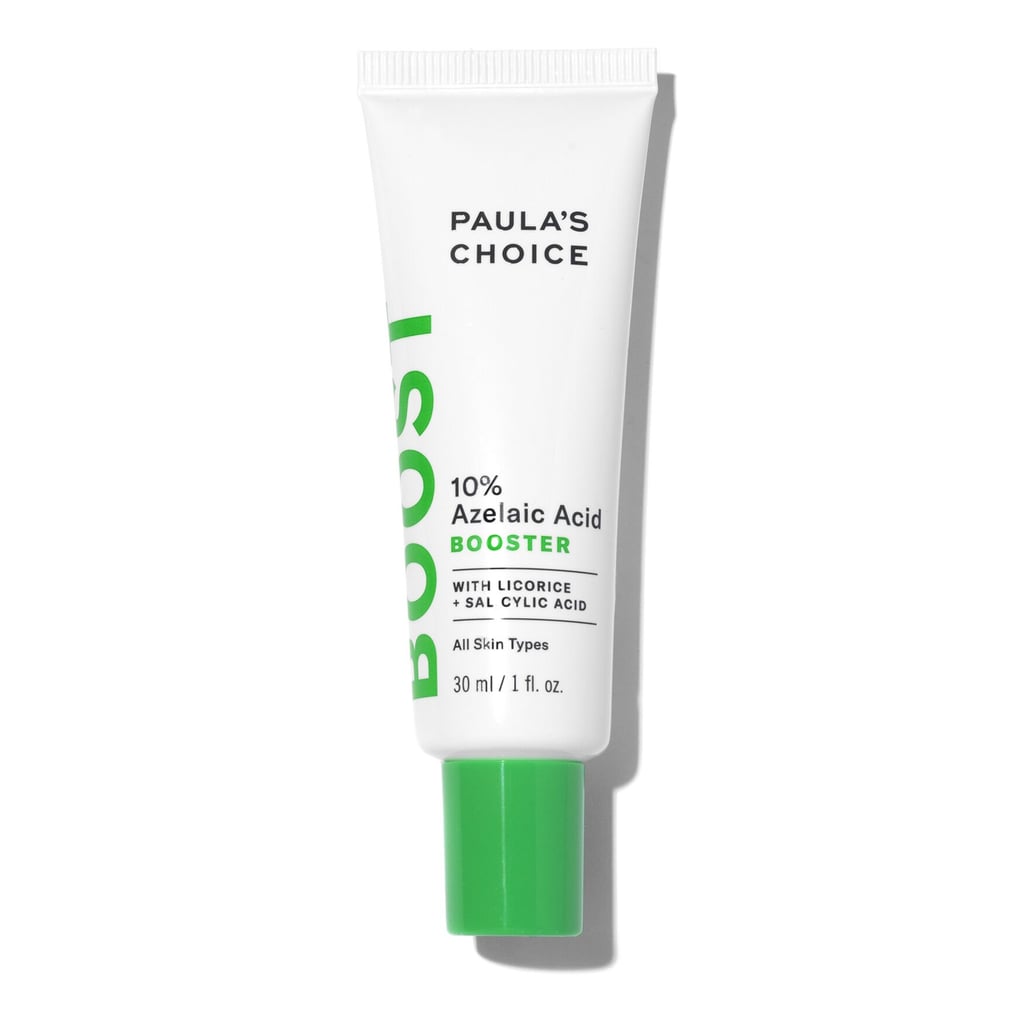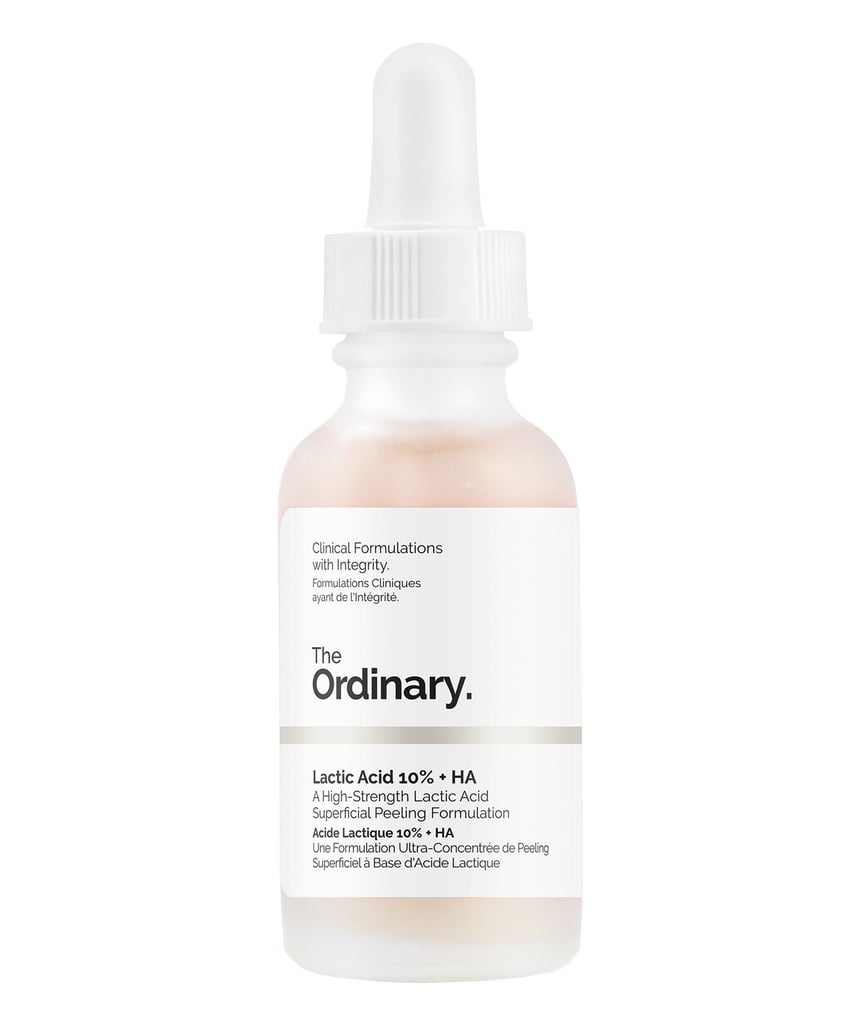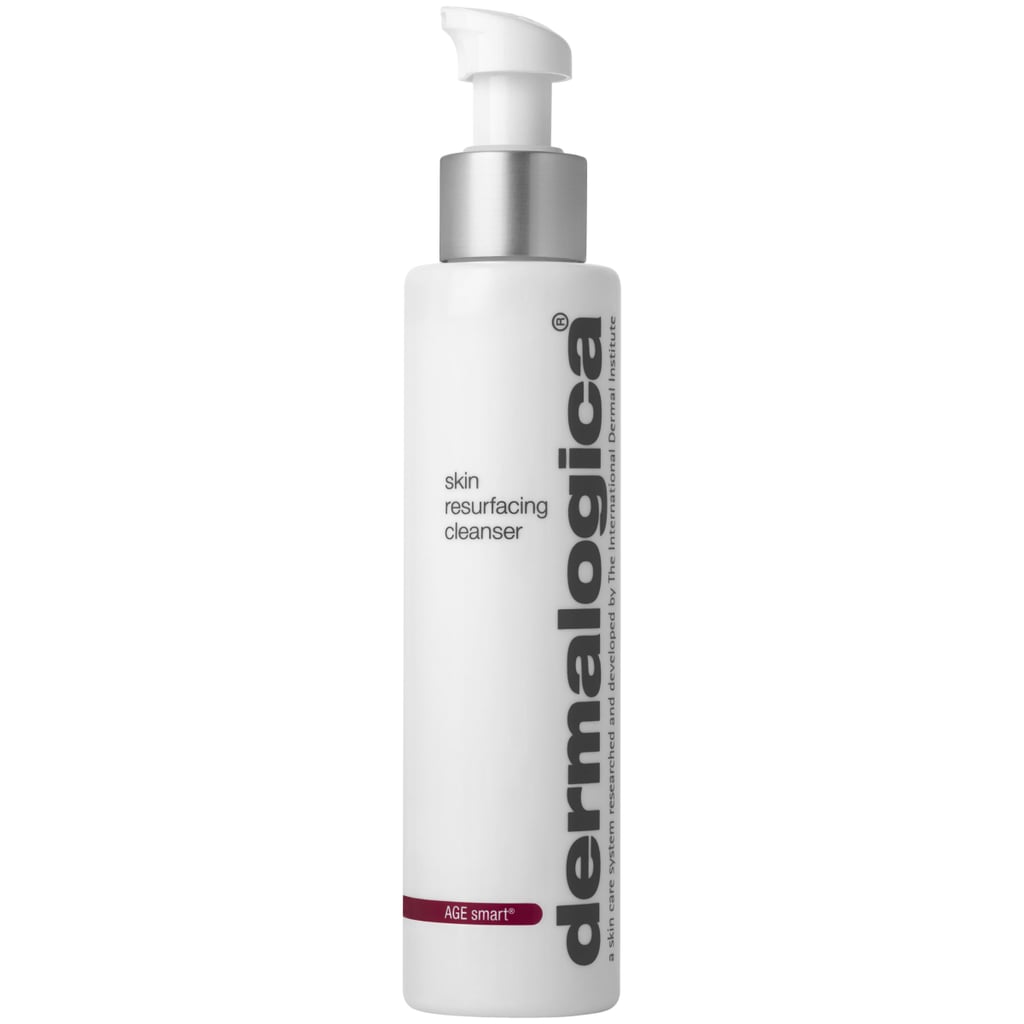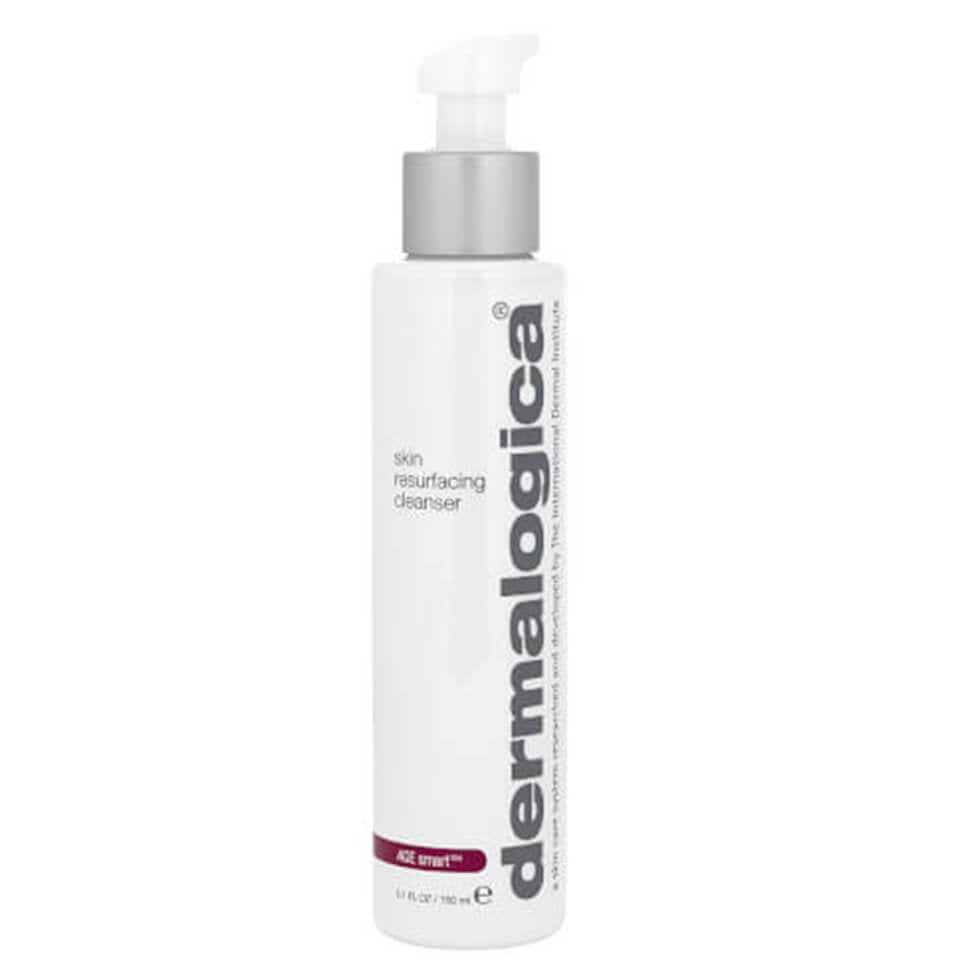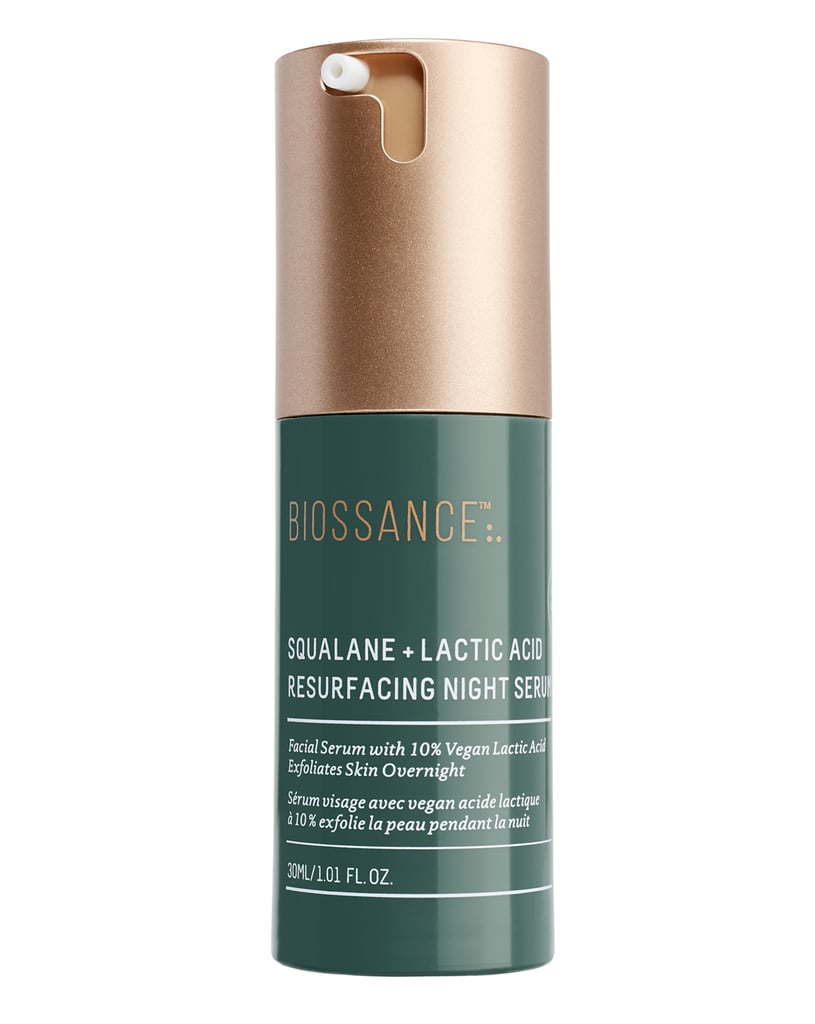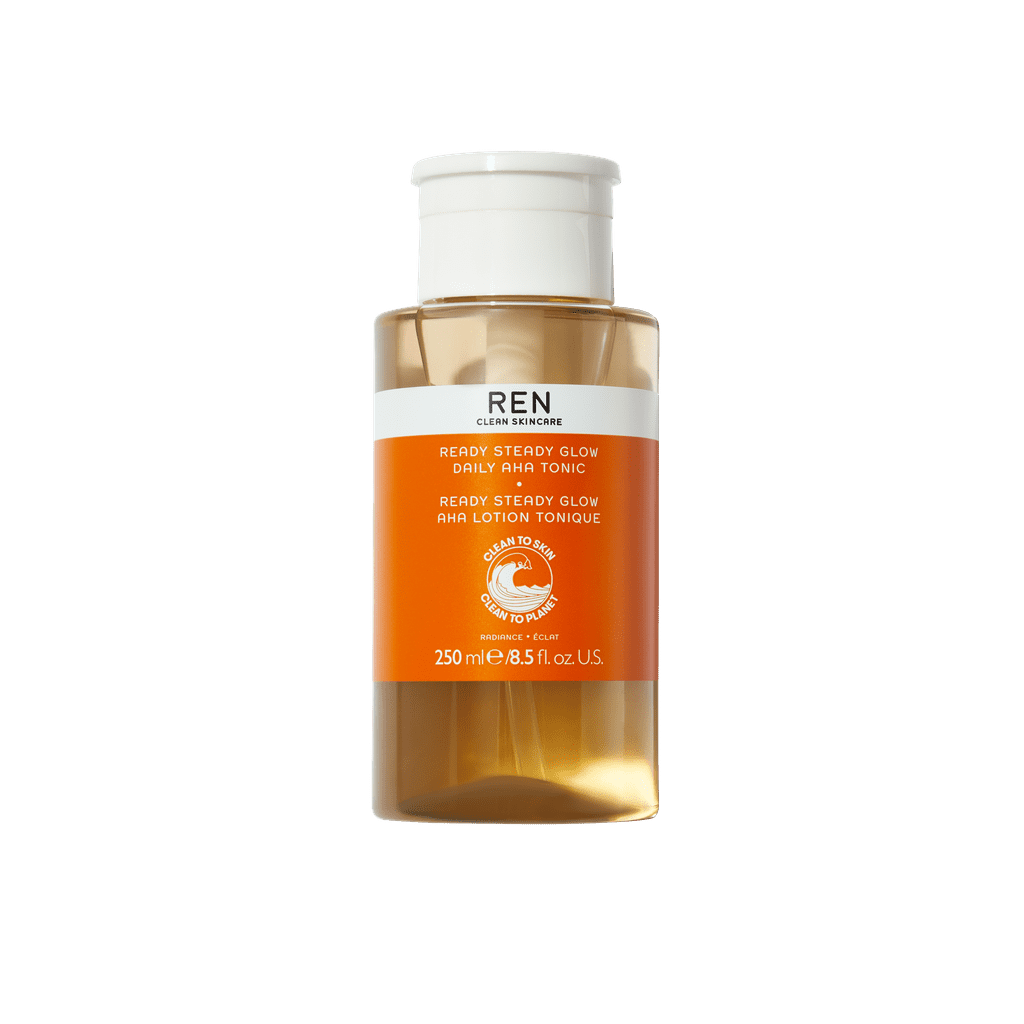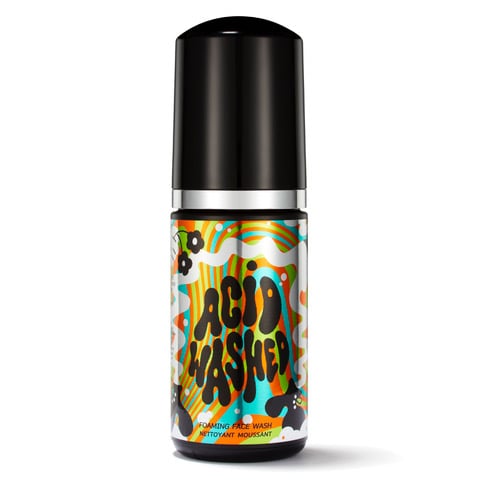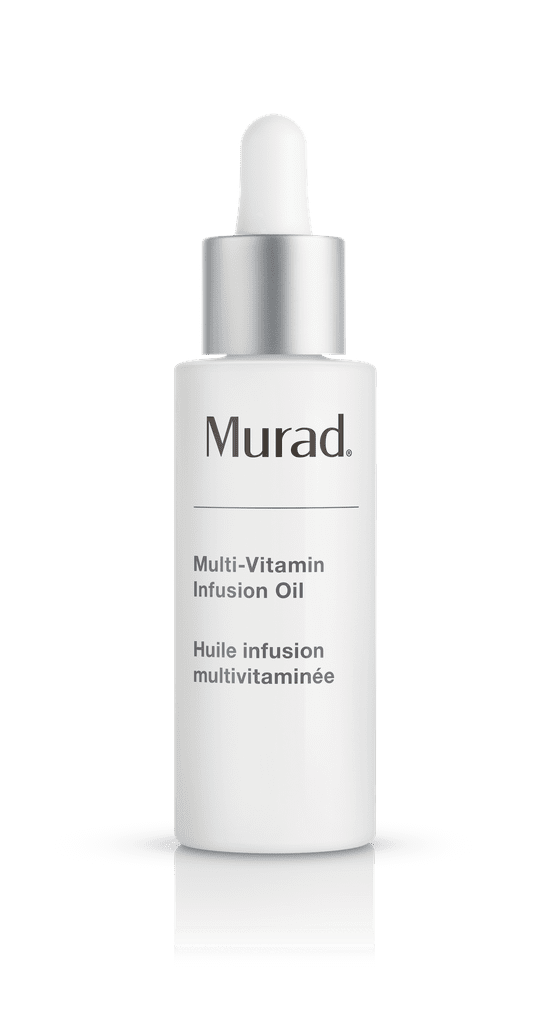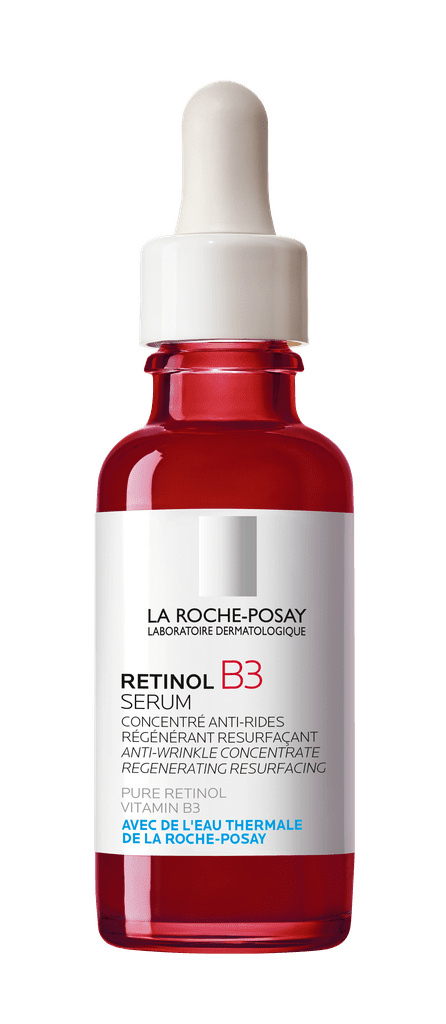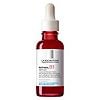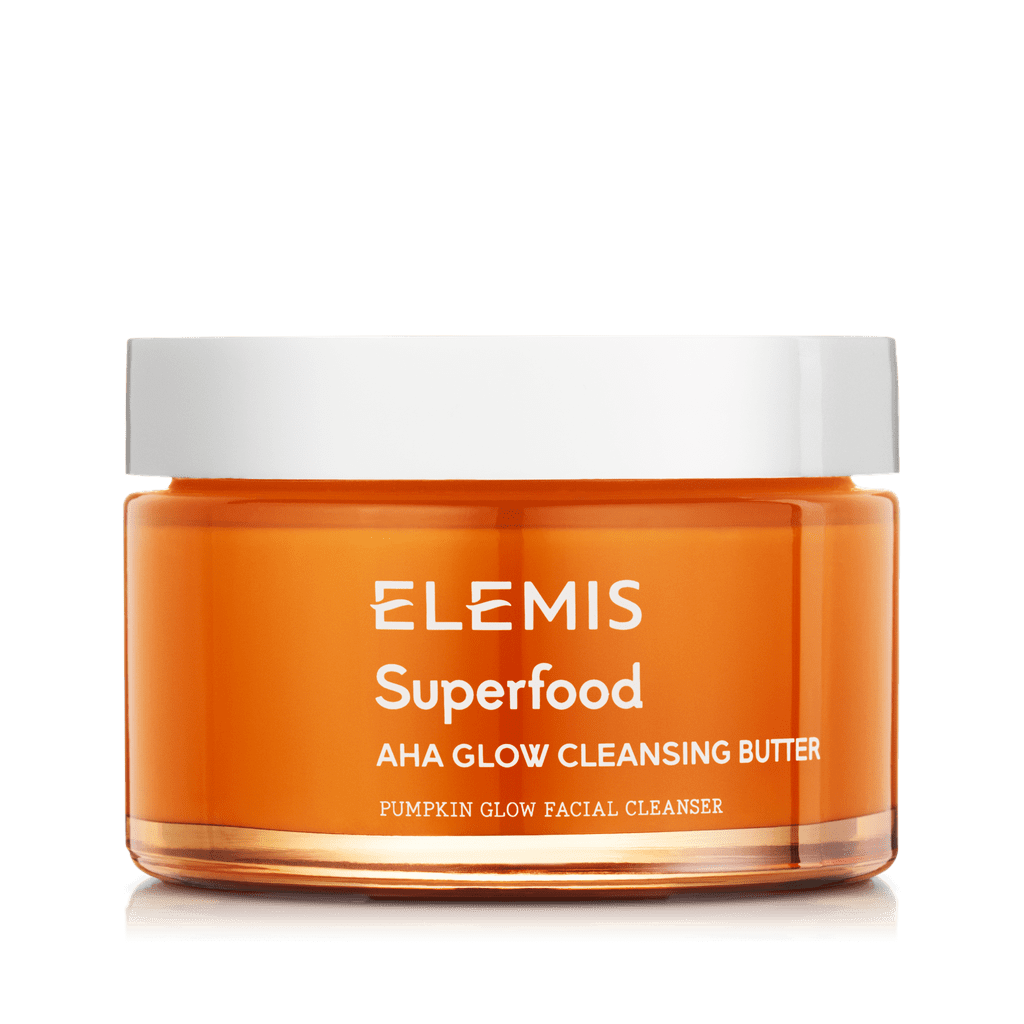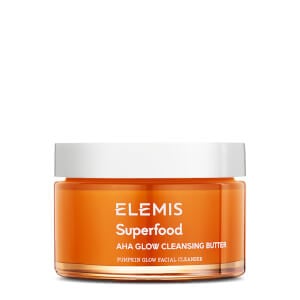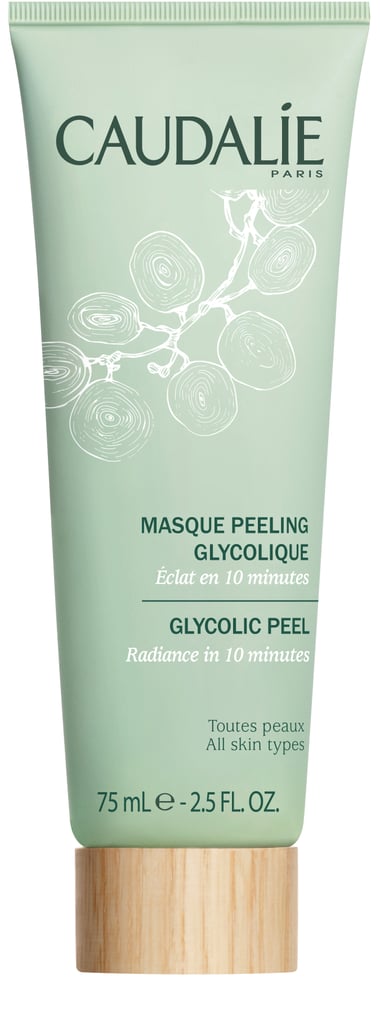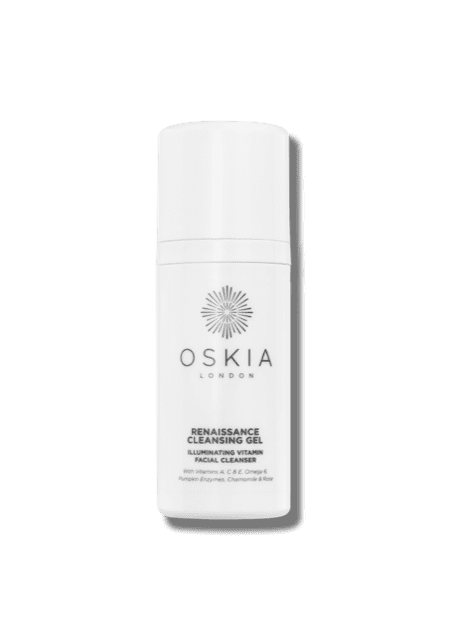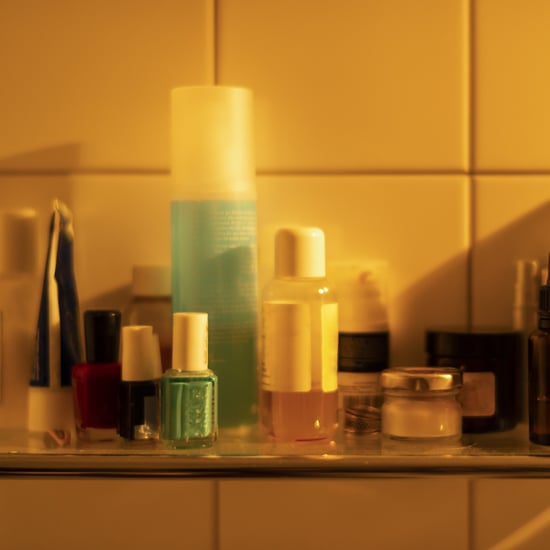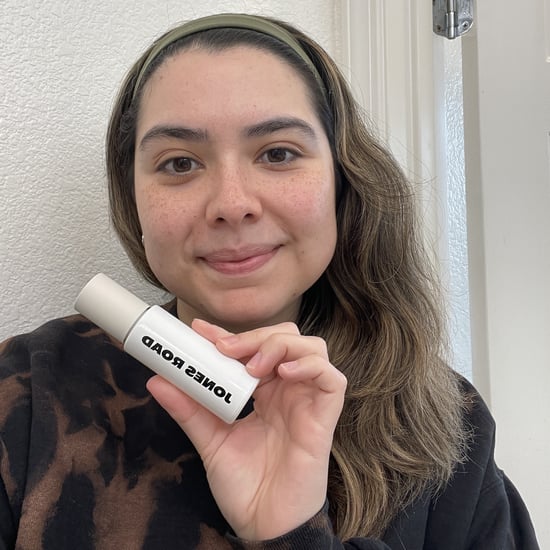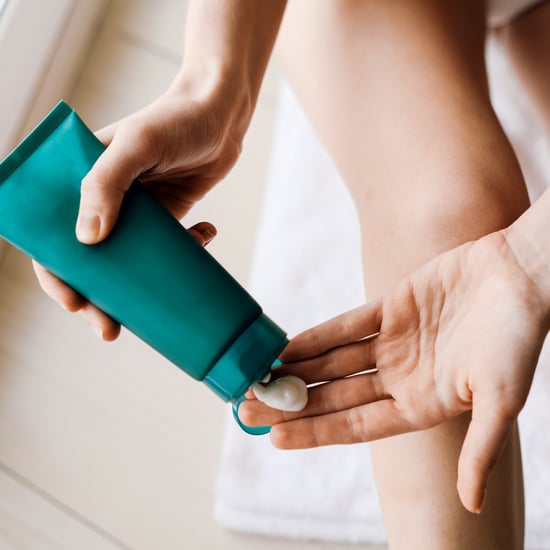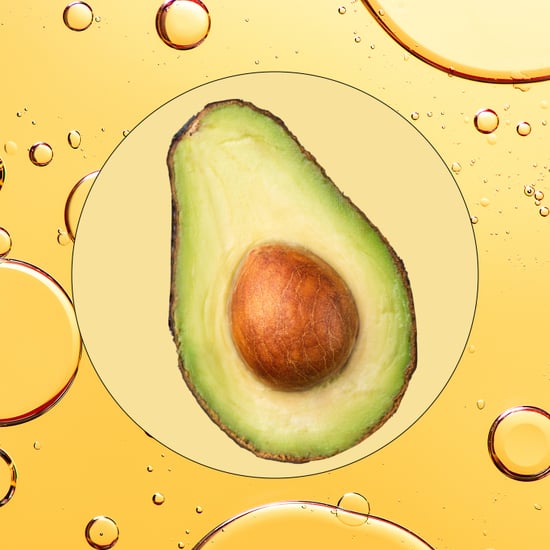The Best Exfoliating Acids For Sensitive Skin 2020
The Best Exfoliating Acids to Use If You Have Sensitive Skin (and Exactly How to Use Them)

As POPSUGAR editors, we independently select and write about stuff we love and think you'll like too. If you buy a product we have recommended, we may receive affiliate commission, which in turn supports our work.
From pore-cleaning salicylic acid to line-smoothing retinol, some of the most effective ingredients in our skin-care routines are acids. Used excessively or incorrectly, however, acids can also cause irritation, redness, and inflammation, which means if you've got sensitive skin, chances are you've probably ruled them off already.
While it might sound completely counterintuitive, incorporating acids into your skin-care regimen could actually improve skin sensitivities over time. Understanding which ingredients to choose, how frequently to use them, and, more specifically, the formula best suited for your sensitivity, tends to be where the confusion lies. To find out more, we spoke to leading dermatologists about how to incorporate acids into your routine safely and effectively, as well as the best formulas designed specifically for sensitive skin.
Understanding the Cause of Sensitive Skin Is the First Step
First and foremost, it's really important to understand what's causing your skin sensitivity. "It's still possible to use acids if you have sensitive skin, but you'll need to understand why your skin is like that in the first place," Dr Ifeoma Ejikeme, skin expert and medical director of Adonia Medical Clinic, told POPSUGAR. "Sensitivity can be caused by using strong active ingredients too quickly or the wrong products for your skin type, or by factors like extreme dryness, certain medications, allergies, and even certain medical conditions such as rosacea," all of which can impact our skin barrier function and consequently cause irritation when using acids thereafter. Knowing why your skin is sensitive and treating that first will not only improve that sensitivity, but it also means that the acids you use afterwards will work effectively and without irritating your skin.
For instance, if you have extremely dry skin, Dr Ejikeme explained that it's important to restore hydration levels first, before adding lactic acid — a gentler alpha hydroxy acid (AHA) exfoliant — once a week. Alternatively, your skin might actually be sensitive due to rosacea or eczema, which compromises our skin's barrier function (the outermost protective layer of the skin which helps to shield and prevent moisture loss) and can lead to flakey, irritated skin. Without restoring the skin barrier function and looking at the root of the issue, it could lead to further irritation, dryness, and inflammation if you start using acids.
If you have rosacea, eczema, or sensitised skin, you need to repair your skin's barrier function before adding acids into your routine. To do that, you need to start incorporating ingredients such as hyaluronic acid (which is not an exfoliating acid like glycolic or lactic), ceramides, niacinamide, glycerin, and panthenol. Dr Ejikeme recommended the entire CeraVe skin-care range for this, which combines three essentials ceramides to protect the skin's barrier alongside hyaluronic acid.
Once you've worked on treating sensitised skin and restoring the skin barrier, choosing an acid depends on your main skin goal: brightening (glycolic acid), spot clearing (also glycolic acid), hydrating (lactic acid), acne (salicylic acid), redness (azelaic acid), and so on.
The Best Acids to Use If You Have Sensitive Skin
"There is a common myth that acids shouldn't be used on sensitive skin," Dr Robert Murad, a board-certified dermatologist and founder of Murad Skincare, told POPSUGAR. "However, there are actually some [acids] that can help improve sensitive skin's resilience and strengthen the barrier, even reducing redness over time." For example, Dr Murad recommended a variety of different acids, which are all suitable for sensitive skin: "Lactic acid, due to its skin-conditioning benefits and ability to enhance hydration; azelaic acid, which is antimicrobial and anti-inflammatory and often used to treat the redness associated with rosacea; and salicylic acid, which is often used for redness and inflammation and, when combined with other soothing ingredients, acts as an anti-inflammatory."
When it comes to lactic and glycolic acid, while both AHAs offer exfoliating results, lactic acid tends to be the gentler option of the two, as it has a larger molecule size, meaning it exfoliates on a surface level and hydrates the top layer of skin. Glycolic acid, on the other hand, has a smaller molecule size and can penetrate deeper into the skin to remove dead skin cells and unclog pores. "Many people shy away from glycolic acid as it is often thought too harsh for sensitive skin, but it can benefit these skin types by opening up hydration pathways, stimulating collagen and elastin production, and helping to strengthen the skin barrier over time," Dr Murad explained. "The key is to use serums that combine glycolic acid with soothing ingredients and hydrators that are created to help sensitive skin types, like the Murad Hydro-Dynamic Quenching Essence (£70)," which combines ingredients like hyaluronic acid, lentils, and watermelon to boost hydration and avoid irritation. Dr Ejikeme, however, adviseed that you should only be using glycolic acid if your skin barrier is at its optimum health, and only ever at 10 percent (the highest percentage you'll see over the counter is 30 percent).
Mandelic acid, another form of AHA, is another option for sensitive skin types according to Dr Ejikeme. Like lactic acid, mandelic acid has a larger molecule size (meaning it's more gentle on the skin), which helps treat acne, regulate sebum production, and help decrease breakouts over time. "For sensitive skin, mandelic acid is my top choice," Dr Ife J Rodney, founding director of Eternal Dermatology + Aesthetics in Columbia, MD, told POPSUGAR. "Because the mandelic acid molecule is larger than other AHAs', it penetrates the skin slowly and causes less irritation."
Even more user friendly perhaps are polyhydroxy acids, or PHAs, which, as Dr. Shereene Idriss, a board-certified cosmetic dermatologist based in New York City confirmed, are starting to make their way into skin-care formulations more and more. "Polyhydroxy acids are finally getting a spot in the limelight [after] long having been overshadowed by their BHA and AHA counterparts" she told POPSUGAR. "Unlike AHAs and BHAs, which are smaller, PHAs are bigger and therefore cannot penetrate as deep into the skin. They work by sloughing off the most superficial layer of skin, helping with textural issues, fine lines, and brown spots without being as irritating, so they are ideal for those with sensitive skin."
These chemical exfoliants are also rich in antioxidants and anti-inflammatory properties that help make them suitable for skin sensitivities like rosacea and eczema. Better yet, PHAs are humectants, which means they attract water molecules and hydrate your skin in the process as a result. From Medik 8 to The Inkey List, brands are following suit to reap the benefits of this gentler acid, with the name cropping up in everything from toners to serums. It's thought to be best used, however, in products that are left on the skin (like your daily moisturiser or serum), as this gives more time to loosen the skin cells and remove surface-level impurities from the skin more effectively for a smoother, more even skin tone.
Using Retinol If You have Sensitive Skin (Because Yes, It's an Acid)
Loved in the industry for its line-smoothing, tone-improving, and acne-fighting properties, retinol is the gold standard when it comes to skin-care ingredients. However, the it's also associated with causing dryness and irritation. Dr Ejikeme recommended that if you're trying retinol for the first time and you have very sensitive skin, to look for retinaldehyde instead.
A little science lesson before we continue: retinoic acid (which is an acid, obviously) is the only retinoid that your skin can actually use, but it's also only available with a prescription. Other retinoids you may have heard about — retinol, retinaldehyde, retinyl palmitate — are also vitamin A derivates, however they have to undergo a conversion process in order to turn into retinoic acid before your skin can utilise the ingredient. Retinaldehyde (which you'll often see as "retinal" on an INCI list), is basically one step away from being retinoic acid. If you use it at 0.025 or 0.5 percent, according to Dr. Ejikeme, it will still offer the skin-improving results synonymous with retinoic acid, whilst being gentler on sensitive skin types.
If you've never tried retinol before, Dr Ejikeme recommended using retinaldehyde twice a week, followed by a hydrating moisturiser applied on top, and SPF the next morning (and every morning, mind you); then increase by a day each week to build up resilience.
How to Incorporate Acids Into Your Current Skin-Care Routine
When you think about your morning and evening skin-care routine, you've probably already acquired quite a few extensive steps (cleanse, tone, moisturise, and so on), therefore, knowing exactly when to use acids and how frequently is a major part of the puzzle. The rule of thumb is to always start slowly and proceed with caution: test the acid on a small patch of skin before you use it on your entire face to avoid irritation and see if any sensitivity occurs. Incorporate one acid first before adding another, and if you are able to, try and "have a consultation to ensure you are choosing the acids that are right for your type of sensitivity," said Dr Murad. He recommended that including an acid in your cleansing routine is a good starting point for anyone who hasn't tried at-home acids before.
Understanding the Strength of Acids
These days, trying to decipher the ingredients, percentages, and numbers cropping up in your daily moisturiser, cleansers, and serums can feel overwhelming. It's important to remember a few key things. Firstly, while we know that different acids target different skin-care concerns, their strength depends on the molecular size of the acid. As mentioned, azelaic, mandelic, and polyhydroxy acids are better suited to sensitive skin because they are made up of a larger-sized molecule, which means they the penetrate the skin more slowly and therefore provide gentler results helping to calm inflammation in the skin. Glycolic acid, on the other hand, has a smaller molecule that travels deeper into the skin and can cause reactions and inflammation if used incorrectly.
Secondly, as Dr Ejikeme pointed out, all acids have different and unique percentages which can be confusing, as a high percentage may not always mean the formula is super strong. For instance, you can't purchase salicylic acid at more than 2 percent over the counter or in store, lactic acid at more than 10 percent, retinol can't be more than 2 percent, and glycolic acid is capped around 30 percent. So, instead, look for the lowest percentage of the acid you've chosen and one that's pH-balanced to build up your resilience before moving to a higher percentage — like starting with a low 5 percent lactic acid or 0.025 percent retinol. "Studies have shown that lower levels of acids combined with anti-inflammatories and hydrators offer the best results and longer term benefits," Dr Murad confirmed. "This is because high percentages can often cause inflammation, peeling, and irritation, compromising the moisture barrier which can lead to excessive dryness and even hyperpigmentation."
It's also a good idea to look out for other ingredients combined with acids, such as encapsulated hyaluronic acid, antioxidants, and soothing ingredients like pomegranate, liquorice root, and niacinamide, said Dr Murad, all of which can help calm skin and strengthen the protective barrier. For more of the best acid-based skin care for sensitive skin and specific concerns, check out the gallery ahead.
Medik 8 Press & Glow Daily Exfoliating PHA Tonic With Enzyme Activator
Gentle and powerful, the Medik 8 Press & Glow Daily Exfoliating PHA Tonic With Enzyme Activator (£25) is a hydrating toner that's been formulated with polyhydroxy acid (PHAs). Given that, due to their larger molecule size, they're gentler than other AHAs like glycolic acid, it ensures surface exfoliation without ever irritating or stinging your skin. And even more clever, when applied to the skin the PHA in this specific formula converts to gluconic acid (a naturally occurring acid in your skin that both exfoliates and hydrates), which is then slowly released into the skin to ensure no irritation.
The Inkey List PHA Toner
You can't go wrong with The Inkey List PHA Toner (£10), which is a simple and supremely gentle exfoliating toner that contains polyhydroxy acid. A favourite of a few POPSUGAR editors, even those with the most finicky of skin can use it on a daily basis due to the fact that it's not he least bit irritating (although, always make sure to do a patch test if you have very sensitive skin) and plays nicely with pretty much every serum and cream we've applied on top of it.
Skingredients Skin Veg
Sure, the Skingredients Skin Veg (£39) pre-serum is best known as a hyaluronic acid-based hydrating serum. But the supremely gentle, fragrance-free formula also contains a nice amount of polyhydroxy acid to simultaneously help with exfoliation. The result? Your skin looks plumper, smoother, and brighter with continued use. Apply it after you've washed your face and before your face cream. If your skin is on the oilier side, then this serum may be all you need (well, and SPF during the day, of course).
The Ordinary Mandelic Acid 10% + HA
Lesser-known mandelic acid is a great choice for sensitive skin. It's a gentler alternative to other alpha hydroxy acids, yet offers up similar line-smoothing and pore-refining benefits. Use The Ordinary Mandelic Acid 10% + HA (£6) a few times a week in the evening. Once your skin has built up resilience, it can be used on a daily basis and as part of your everyday skin-care routine.
By Wishtrend Mandelic Acid 5% Skin Prep Water
With just five percent mandelic acid, you can be assured that By Wishtrend Mandelic Acid 5% Skin Prep Water (£24) is on the very gentle end of the exfoliating spectrum (whilst still calming breakouts and brightening you complexion). The panthenol in the formula helps keep skin hydrated, although the brand still recommends that those with very sensitive skin only use this formula three times a week.
Paula's Choice 10% Azelaic Acid Booster
Paula's Choice 10% Azelaic Acid Booster (£37) is a product that, if you're into skin care, you've probably heard about on social media, as it's gained quite a buzz since it launched in 2018. A lightweight, oil-free cream-gel, it can be used on its own or mixed with a moisturiser or serum. Whilst formulated for all skin types, we'd still recommend starting off slowly, and following it with a simple, hydrating moisturiser.
The Ordinary Lactic Acid 10% + HA
Recommended by Dr Emma Craythorne for those with sensitive skin, The Ordinary Lactic Acid 10% + HA, which is a mild peel that combines lactic acid with hyaluronic acid, as well as other soothing agents. "It softens and moisturises as it exfoliates," Dr Craythorne
told the Evening Standard.
Dermalogica Age Smart Skin Resurfacing Cleanser
This gentle exfoliating cleanser is a great option for sensitive skin, as the formula doesn't sit on the skin for a long period of time. The Dermalogica Age Smart Skin Resurfacing Cleanser (£40) combines lactic acid with vitamin E so that the formula won't overdry or irritate your skin as the acid gets to work clearing out clogged pores and breaking down dead skin cells on the surface of your skin. Fans of the cleanser swear it leaves their skin looking brighter, clearer, softer, and smoother with regular use.
Biossance Squalane + Lactic Acid Resurfacing Night Serum
As it spells out clearly in the name, the Biossance Squalane + Lactic Acid Resurfacing Night Serum (£56) brings squalane (vegan, of course) into the mix of this exfoliating serum to ensure skin stays hydrated and won't get too dry or irritated overnight. The brand claims the formula is gentle enough to use every day, but we still suggest starting slow, using it two to three days a week and working your way up to more.
Ren Clean Skincare Ready Steady Glow Daily AHA Tonic
Lactic acid is already present in your skin as part of your NMF (natural moisturising factor) and is one of the best acids to incorporate into your routine thanks to its ability to exfoliate and hydrate at the same time. "It's a larger molecule than glycolic, which means that while it takes a little longer to penetrate, the skin has a moment to adjust to the drop in pH so you get all the great exfoliating benefits but without the redness and inflammation," David Delport, Ren Clean Skincare's global brand ambassador, told POPSUGAR. After cleansing, use a cotton pad and sweep the Ren Clean Skincare Ready Steady Glow Daily AHA Tonic (£27) over your skin to gently exfoliate and brighten your complexion without any irritation. You might feel a slight tingling the first couple of times you use it, but we promise this is one of the gentlest chemical exfoliants on the market.
Neighbourhood Botanicals Acid Washed Cleanser
Don't be fooled by the fun, foam-party packaging — the Neighbourhood Botanicals' Acid Washed Cleanser (£17) is packed full of hardworking ingredients to gently exfoliate the skin, and is suited for sensitive skin. How? Lactic acid gently sloughs off dead skin cells to brighten up your complexion, while a mix of hydrating plant-based additives like witch hazel and aloe vera sooth any irritation and drench the skin with moisture — so your skin is always exfoliated but never stripped. The best part? One hundred percent of the ingredients are naturally derived and it's completely alcohol-free.
Murad Multi-Vitamin Infusion Oil
Tested on sensitive skin, this noncomedogenic, paraben- and sulphate-free formula created by doctor-led beauty brand, Murad Skincare, includes both vitamins A and F, as well as salicylic acid to help soothe redness and inflammation. The Murad Multi-Vitamin Infusion Oil (£55) is a really light formula, absorbing quickly into your skin and helping to replenish moisture levels while also targeting fine lines. Apply every morning and night, and sensitive skin types are advised to use eight drops.
La Roche Posay Retinol B3 Serum
A go-to range for anyone with sensitive skin, it was only a matter of time before French pharmacy brand, La Roche Posay, came up with a gentle retinol solution. Targeting fine lines and wrinkles, the La Roche Posay Retinol B3 Serum (£38) combines 0.3 percent retinol with vitamin B3 and glycerin, the latter of which helps keep skin hydrated, restores the skin barrier, and reduces skin irritation and dryness (an all-too common side effect when using retinol). Use it in the evening after cleansing and be sure to use a high SPF the following morning.
Elemis Superfood AHA Glow Cleansing Butter
Like the entire Elemis Superfood range, this unique butter-to-milk cleanser harnesses the power of natural ingredients. The Elemis Superfood AHA Glow Cleansing Butter (£30) is blended with fermented pumpkin enzymes and acerola cherry which are naturally rich in alpha hydroxy acids (the water-soluble acids known for their exfoliating powers) to help to brighten up lacklustre skin. To ensure that the cleansing butter won't aggravate sensitive skin, it also includes mango butter — both rich in omega fatty acids to help nourish and hydrate skin — and fermented rice water, which helps calm the skin down and prevent irritation.
Caudalie Glycolic Peel
Most people with sensitive skin tend to avoid glycolic acid. However, used in the right formula and alongside the right mix of ingredients, it can actually be a real saviour to help strengthen the protective skin barrier over time. Formulated with over 85 percent natural origin ingredients, the Caudalie Glycolic Peel (£22) is a good entry point. It works as both a scrub or a peel, exfoliating and brightening up dull skin all at once. While it is a very effective 10-minute treatment, it's still super gentle and won't irritate your skin.
Oskia Renaissance Cleansing Gel
To ensure skin isn't overloaded with actives or overexfoliated at any point, the fan-favourite Oskia Renaissance Cleansing Gel (£35) is formulated with skin-softening pumpkin enzymes, as well as retinyl, and a ton of vitamins — meaning it's still gentle enough to use if you have sensitive skin. It also contains starflower oil, a powerful source of vitamin C, and linolenic acid (Omega 6) to cleanse pores, protect against free radicals, and brighten up the skin.

